The blistering speed and versatility of the coming 5G network herald a quantum leap for mobile technology — here are the fast facts.
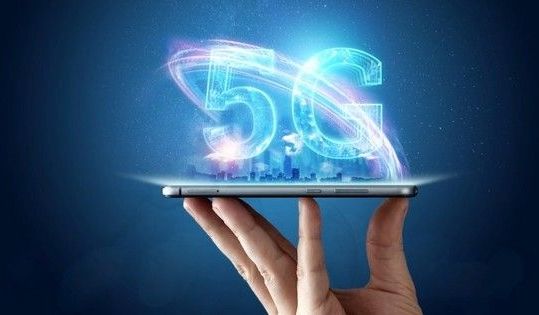

“Without batteries or other high-cost components,” he continued, “tags have unlimited power and lifespan, so [they] can be embedded inside of products that were previously unconnected to the Internet of Things.”
READ MORE: This Tiny Bluetooth Chip Doesn’t Need a Battery Because It Harvests Energy From the Air [The Verge]
More on the IOT: Everything Is Smart in the Future, Even the Freakin’ Walls.

Undersea cables are the backbone of the internet. Connecting places like the United States to Europe, or France to India, these submarine fiber optic cables permit the world’s web traffic to flow.
One such cable is called Marea. It runs from Virginia Beach in the U.S. to Balboa, Spain. And recently, a company called Infinera announced that it had broken a record for how much data it could send through this cable in a second. It’s a mind-boggling amount. Below, we break down everything you wanted to know about undersea cables and this experimental accomplishment, by the numbers.
That’s the total number of undersea cables in use right now, according to a company called TeleGeography, which conducts telecom market research. Modern cables use fiber optics and lasers to transmit data. Major cables complete key connections like New Jersey and Praia Grande, Brazil, or Australia to Indonesia to Singapore. Take a look at a beautiful, interactive map here.
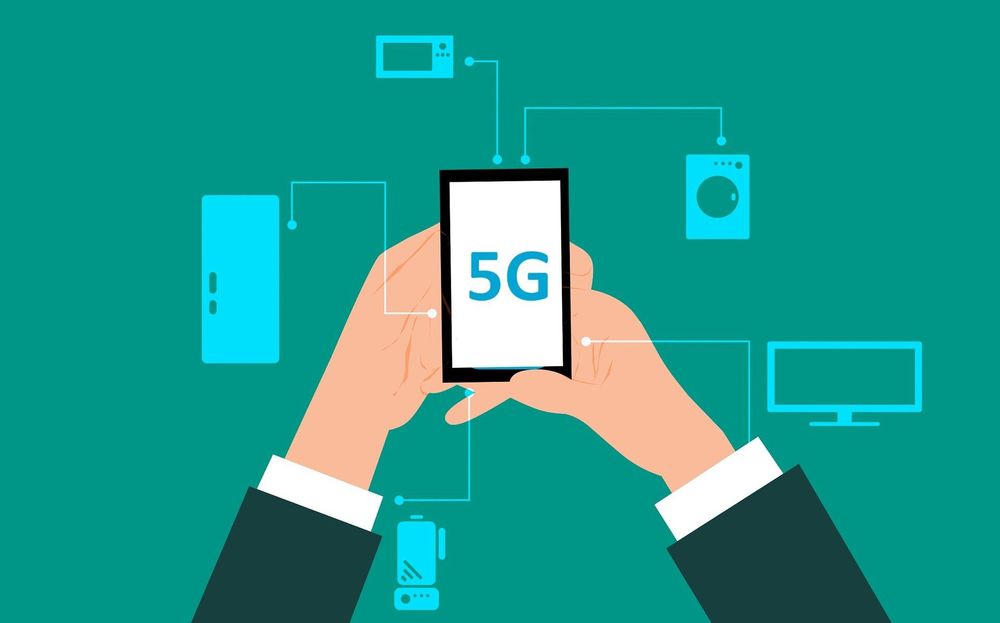
Holograms. Emotive, life-like digital human beings. Washing machine repairs directed from miles away.
The rollout of 5G wireless networks that will continue throughout 2019 and beyond promises a slew of new smartphones that will hum along much faster than the models they’ll eventually replace. But while zippier handsets compatible with the next generation of wireless are surely welcome, 5G’s potential extends beyond them.
Verizon, and some of the entrepreneurial startups it is working with, recently demonstrated a few of the fresh consumer and business experiences made possible or enhanced by 5G, at its 5G Lab in New York City, one of five such labs around the country.

An award-winning scientist, engineer, and millionaire several times over predicted that by 2029, humans could start living forever.
That’s right. Immortality is almost here.
This ‘futurist’ has been frightening the masses with his predictions for years.
He predicted the collapse of the Soviet Union, described the rise of the Internet, and foretold the year a computer would beat a World chess champion… along with dozens of other predictions that have come true or are being realized today.

The attack threatens users with location-tracking, DoS, fake notifications and more.
Privacy-breaking flaws in the 4G and 5G mobile protocols could allow attackers to intercept calls, send fake amber alerts or other notifications, track location and more, according to a research team from Purdue University and the University of Iowa.
In a paper presented at Mobile World Congress in Barcelona this week, the researchers explained that the issues arise from weaknesses in the cellular paging (broadcast) protocol. They started with the fact that when a mobile device is in its idle, low-power state, it will conserve battery life partly by polling for pending services only periodically.

Thanks to blockchain, internet users have achieved some victories in the fight against China’s strict internet censorship.
A historic moment was made on April 23. Peking University’s former student, Yue Xin, had penned a letter detailing the university’s attempts to hide sexual misconduct. The case involved a student, Gao Yan, who committed suicide in 1998 after a professor sexually assaulted and then harassed her.
The letter was blocked by Chinese social networking websites, but an anonymous user posted it on the Ethereum blockchain.
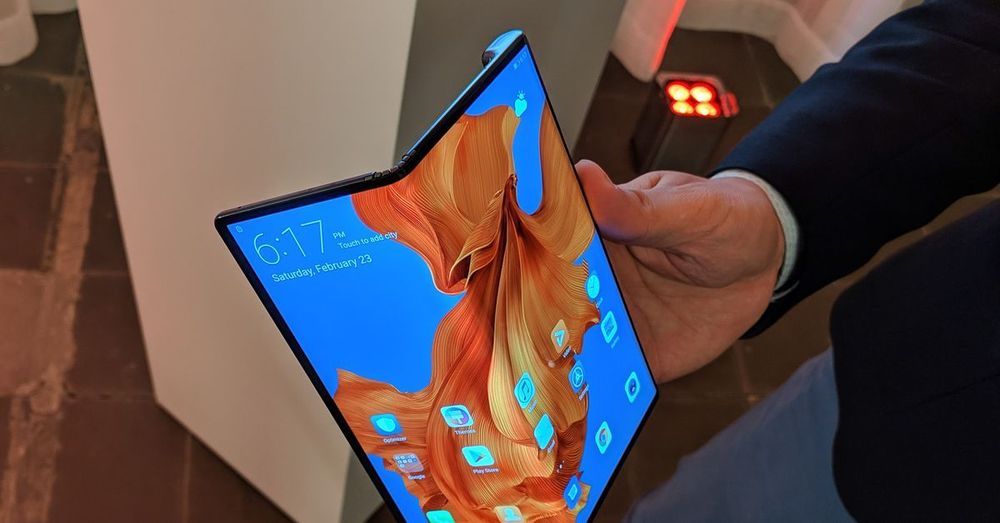
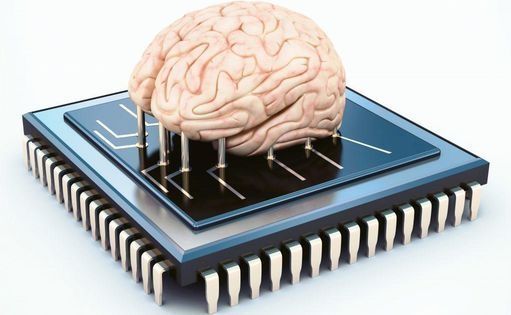
Introduction
The rise of https://www.humanbrainproject.eu/en/silicon-brains/” target=”_blank” rel=” nofollow noopener noreferrer” data-ga-track=” ExternalLink: https://www.humanbrainproject.eu/en/silicon-brains/”>the https://www.humanbrainproject.eu/en/silicon-brains/” target=”_blank” rel=” nofollow noopener noreferrer” data-ga-track=” ExternalLink: https://www.humanbrainproject.eu/en/silicon-brains/”>silicon brain that can give rise to thought, emotion and behavior in a machine seems to be on the way. This is mainly due to rapid advances in software and hardware that are paving the way for next generation computational systems with cognitive abilities modeled after the human brain. This will prove to be a significant evolutionary development and especially important to enhancing https://www.informationweek.com/big-data/ai-machine-learning…id/1331480” target=”_blank” rel=” nofollow noopener noreferrer” data-ga-track=” ExternalLink: https://www.informationweek.com/big-data/ai-machine-learning…id/1331480”>machine intelligence for the complex problems that need to be solved for the future of humanity. So, as we envision a rapidly evolving silicon brain taking in the data from its surroundings in cyberspace, geospace, space (CGS) and run the data through some known/unknown computing processes and then tell the computer/machine to act, feel or behave in a certain way seems to bring humanity a lot more questions than answers. This is mainly because it is not known how the information on the silicon brain will be processed, stored or recalled; how the computer commands will emerge and become effective, and even how the silicon brain will experience the sensory world around it in CGS, and how it will think, feel or empathize.
As we evaluate all these emerging questions surrounding the rise of the silicon brain, there is an intense effort already going on to create neuromorphic chips that can mimic the human brain. There is also an initiative emerging to create a neuromorphic chip based on an octopus brain. While the emerging neuromorphic chips are still nowhere near as capable as a human brain or octopus brain, much is expected to change for machine intelligence very rapidly in the coming years, as these chips begin learning to process available sensory data from CGS to evolve their abilities in real time for the goals defined for them.
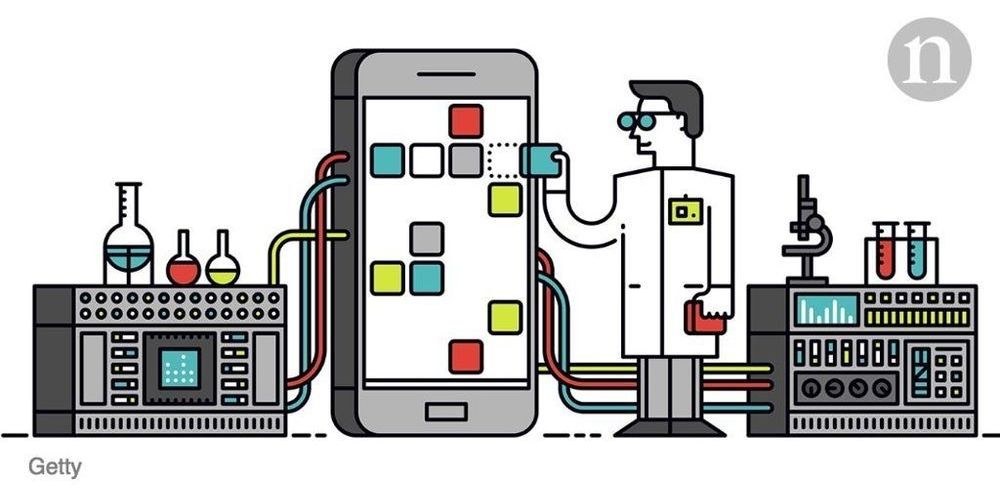
Taking regular breaks to refresh the mind is important during tough working days. Although surfing the web and swiping your phone to check updates on social media might be frowned upon, it could be more productive than you think.
The popularity of social media has exploded since Twitter launched just over a decade ago, and the platform has distinguished itself as the place to disseminate tightly packed information with immediacy. Academics have jumped on the bandwagon for a range of practical purposes.
The social-media platform is often a tool for procrastination, says Jet-Sing M. Lee. But what else can it be? The social-media platform is often a tool for procrastination, says Jet-Sing M. Lee. But what else can it be?